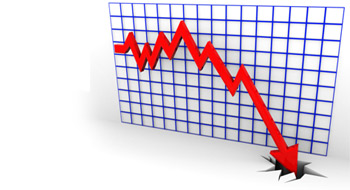

Low investment returns loom in the decades ahead. That means bad news for pension plan managers and those saving for retirement, according to a C.D. Howe Institute report.


The federal government intends to introduce regulations providing Canada Post with four-year relief from the requirement to make special payments to the pension plan, as ordinarily required under the Pension Benefits Standards Act, 1985.


Statistics Canada reports that pension wealth advanced to nearly $2.6 trillion by the end of last year, an increase of 9.1% from 2011.


The funded status of the typical U.S. corporate pension plan in November improved 2.1 percentage points to 93.9%, which was the highest level since September 2008.


Economic growth, improved business investment and increased employment are all vital factors if Canada's pension plans are to remain viable, according to a study.


Manitoba Telecom Services (MTS) is selling nearly nine million shares of its stock to help fulfill future pension funding obligations.


This past summer, the employer members of OMERS proposed cutting the basic pension formula from 2% of final average pay (on earnings over the year’s maximum pensionable earnings) down to 1.85%. This seems like a fairly modest reduction in percentage terms, but it would have been represented as one of the most significant events in many years within the pension industry. While OMERS ultimately dropped the idea, for now anyway, the idea may be far from dead.


The Office of the Superintendent of Financial Institutions (OSFI) has increased the number of federally regulated pension plans on its watch list.


Resilient global equity markets helped lift Canadian pension plans back into positive territory during the third quarter, finds a survey from RBC Investor & Treasury Services.


The funding ratio of the typical DB pension plan in the United States increased again during the third quarter of this year.